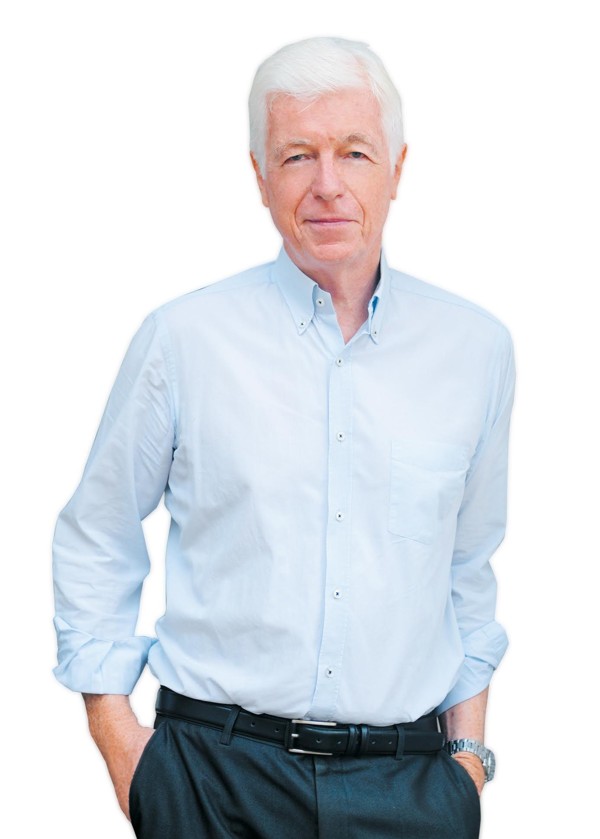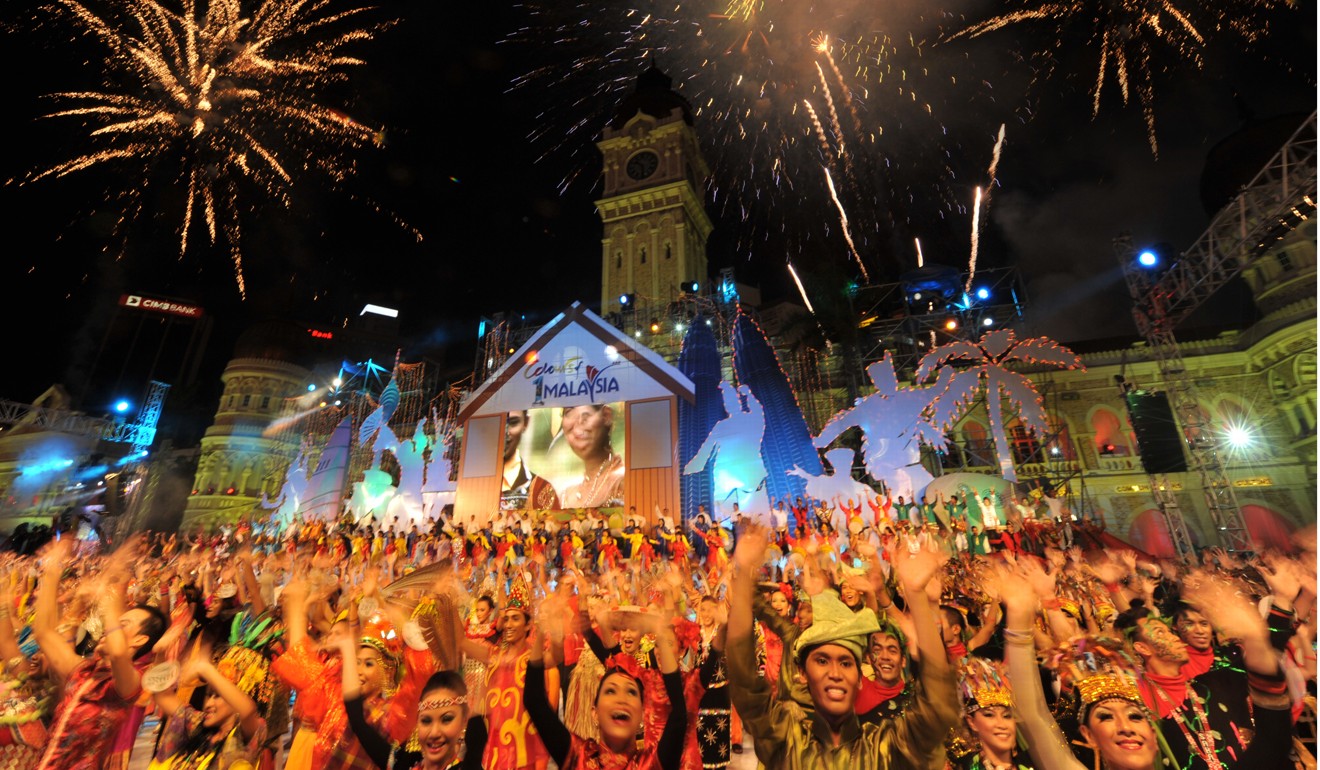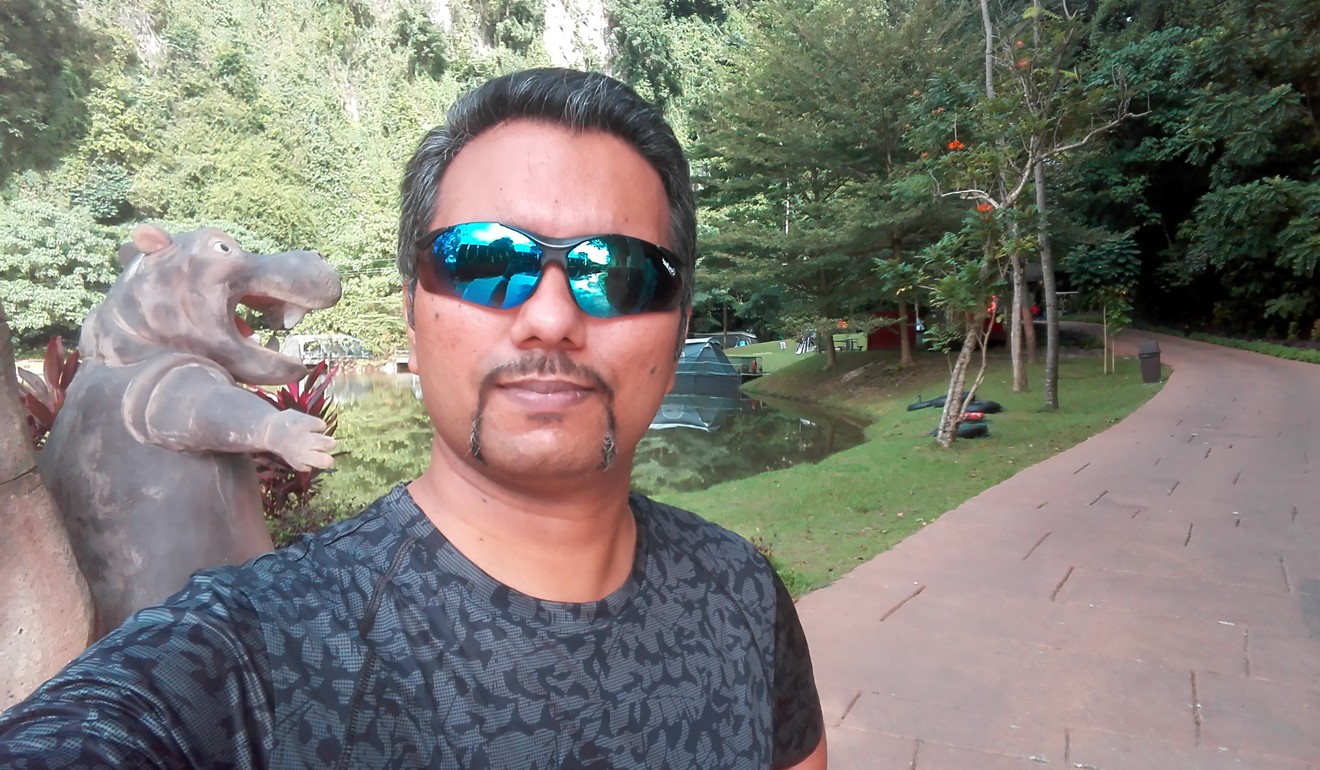
Cheap as hips: why Malaysia is the best place for Chinese to retire
Sunny skies, tasty food and cheap hip replacements – the Southeast Asian country is a haven for elderly expats. But for many Chinese, the financial climate is as important as the favourable weather
He expects to complete the project in 2020 and if successful will consider building more resorts across the country. While that might make his retirement sound busier than most – he is also planning to direct a Tamil feature film later this year – it was this chance to invest, and not only the cheap and delicious street food, that whet his appetite for settling down in the Brickfields area of Kuala Lumpur – a spot many expatriates refer to as Little India.
Iggy is far from alone. Not only has he got family ties to his new home – two of his children married Malaysians – but he is just one of a burgeoning number of retired foreigners to be drawn to the country, which is fast gaining a reputation as the “best retirement spot in Asia” (a title granted by International Living magazine’s recently released Annual Global Retirement Index).

Among this influx, Chinese are one of the most significant groups. Indeed, so great is the Chinese presence that Malaysian media have talked of a “third wave of Chinese migration” (following the first wave who arrived during the Malaccan empire in the 15th century and the second wave in 19th century British Malaya).
So what is it exactly that is making Malaysia such a haven for pensioners?
SECOND HOME OR INVESTMENT HOME?
One factor attracting foreigners – and Chinese in particular – is the Malaysia My Second Home (MM2H) programme, which grants 10-year retirement visas for applicants.
The programme, unique in the region, allows for a smooth transition into Malaysia and is particularly appealing to high-income earners, many of whom have travelled the world as expats and are now looking for somewhere to retire.
Why are Chinese moving to Malaysia by the thousands?
The programme requires applicants to have an income of 10,000 ringgit (HK$19,847) a month. In return, it grants visas quickly – often within four months.
“The [Malaysian] government wanted to capitalise on the fact that there are people who like to retire to sunnier climates when they get older,” said Andy Davison, the owner of Borneo Vision, a company that advises and assists foreigners with MM2H services.

In 2016, more than 1,000 Chinese signed up for the scheme, which allows them largely unrestricted travel into and out of Malaysia as well as various incentives and tax exemptions. However, not all of these are retirees seeking agreeable weather – Davison said many applicants were motivated more by the business climate.
“Many [Chinese] have applied for the visa but they haven’t actually relocated here. A lot of it was because the Chinese were making major investment into Malaysia,” Davison said.
“And then some of the Malaysian property developers have gone to China and offered to arrange visas for people if they buy properties. So a lot of it is linked to property investment.”
What’s causing Malaysia’s ethnic Chinese brain drain?
According to Juwai.com, China’s biggest international property website, Malaysia is the top choice for Chinese investors and developers, with Kuala Lumpur, Johor, and Melaka being its most sought after areas. Almost half (48 per cent) of Chinese corporate investment in Malaysia today is in real estate while the number of residential real estate buyers from China has more than tripled since 2015.
Nick Ho, a real estate agent based in Kuala Lumpur, said many of his Chinese clients were interested in Forest City and Country Gardens, two Chinese development projects in Johor. Property developers often advertise in China, offering various incentives to investors.

“One of the biggest reasons [Chinese] invest here is the low currency. A lot of them actually purchase units in cash,” Ho said. “But at the end of the day, most of them don’t stay here. They’re interested in Malaysia purely for the sake of purchasing properties.”
For perspective, the EB-5 investor immigration programme in the US requires foreigners to invest either a minimum of US$1 million in a commercial enterprise or US$500,000 within high unemployment or rural areas and create 10 full-time jobs for qualifying American employees within a two-year period to qualify. In comparison, the MM2H scheme is a veritable bargain.
Why Chinese tourists are flocking to North Korea
Some applicants also see the visa as a safety net. Ho said some, including Chinese and Indonesians, obtained one “because they just want to have some place to go if the situation in their own country gets worse”.
PAMPERED WALLETS, PAMPERED LIVES
Low living costs are also part of Malaysia’s appeal. Jennifer Stevens, the executive editor of International Living, said foreign retirees often found incomes in their home currencies went a long way when converted into ringgit. Her Australian correspondent, who retired to the northern Malaysian state of Penang with his wife, rents a three-bedroom flat with a shared pool and gym for AU$1,263 (HK$7,888) a month – a fraction of what he would have paid in his home country.
“They eat out five nights a week, have a housekeeper who cleans for them; they’re enjoying a genuinely pampered retirement,” she said. “By contrast, back in Australia – where they started out – they’d be forced to live quite frugally on that amount.”
A house cleaner costs US$4 an hour and a meal from a hawker stall US$2-3.
Lower living costs prompted Jackie Siddle, a former teacher in Hong Kong, to retire to Melaka, a state south of Kuala Lumpur.
“My husband and I visited Malaysia every year for 30 years and we knew Malaysia extremely well. We looked at Penang, which was very expensive.
“We looked at the east coast, but it was all so far away from everything,” she said. “We just drove around, and finally, we just kept coming back to Melaka. And Melaka it was. It’s all very affordable because I’m on a pension.”

Meanwhile, Bangladeshi Abdus Samad chose Malaysia for its infrastructure and road networks and settled in Kampar, Perak. “I found [the transport service to be] world-class and the highways are supreme, like Europe. I often drive on the Malaysian highway to visit some of the beautiful places in Perak,” he said.
FOOD AND FRIENDS
Malaysia also topped the Entertainment and Amenities category in the International Living index, largely because of the variety of street food, which the correspondent described as “hands down the best in Asia”.
Most retirees gravitate to the larger, more developed areas such as Kuala Lumpur, Penang, Melaka, Johor and Ipoh where the local populations are welcoming, well-educated and speak good English.
“The [expat retirees] in this country mix much more with Malaysians compared to other countries in the region. In a lot of other countries, most locals will do business with you, but they don’t necessarily want to mix with foreigners. Here it’s different,” said Davison of Borneo Vision.

“One of the big differences between here, and say those who have settled in Thailand, is that expats who have retired in Thailand will probably mix with a whole crowd of expats. In this country, there’s much more intermingling between locals and foreigners. They’re connected with local people. So that is a significant factor.”
OUT ON A LIMB
It doesn’t hurt that Malaysia’s medical tourism industry is on the rise. In 2016, Malaysia welcomed 921,500 medical tourists. In this year’s budget, Prime Minister Najib Razak announced an injection of 30 million ringgit (HK$59.5 million) to boost the nation’s health care travel industry.
The country’s affordable health care costs, sophisticated medical technology and multi-lingual medical professionals hold a particular appeal for those nursing ageing bodies.
A knee replacement in Malaysia costs about US$4,000 compared to US$45,000 or more in the US, while a hip replacement can cost as little as US$5,200 versus US$39,000 in the US.
With economics like these, ageing expats – even the busy ones like Iggy Ignatius – can ensure that, in Malaysia, they enjoy retirements that are as comfortable as they are long. ■
